DISCOVER THE CAMPANIA REGION
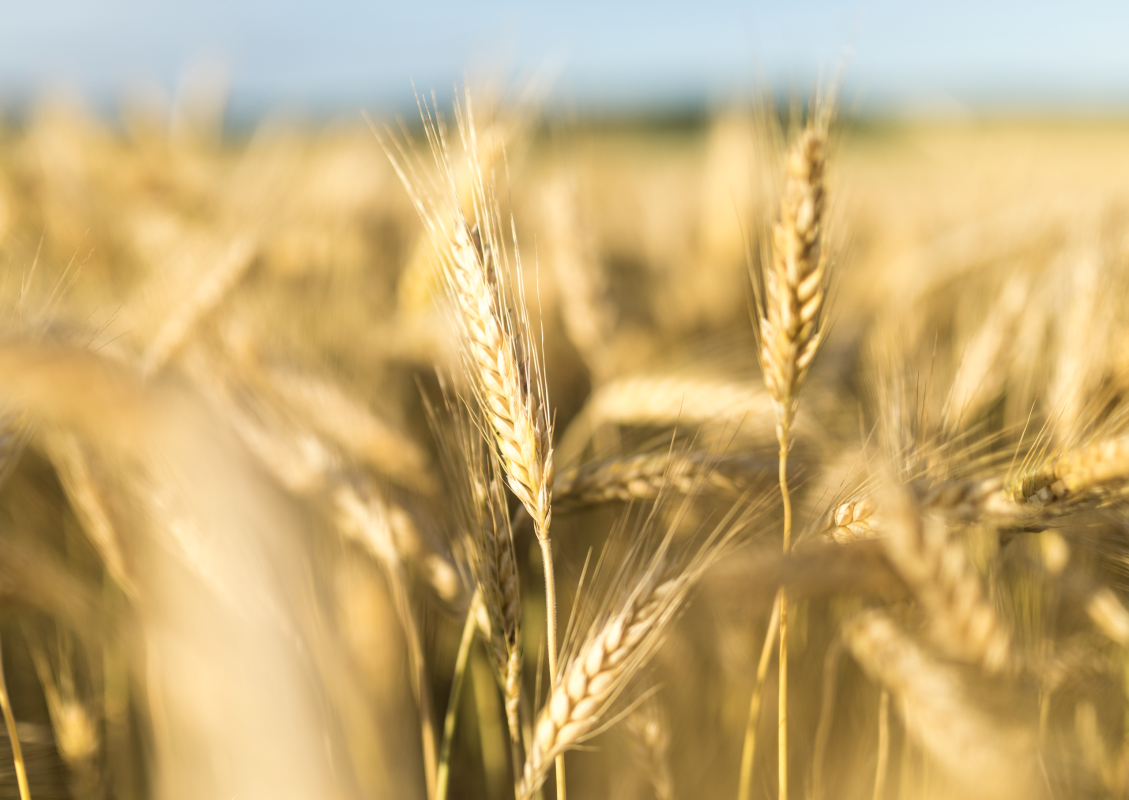
Arrivano dalla notte dei tempi, da quando gli agricoltori cominciarono a rendere grazie alle divinità della terra per l’esito dei raccolti.
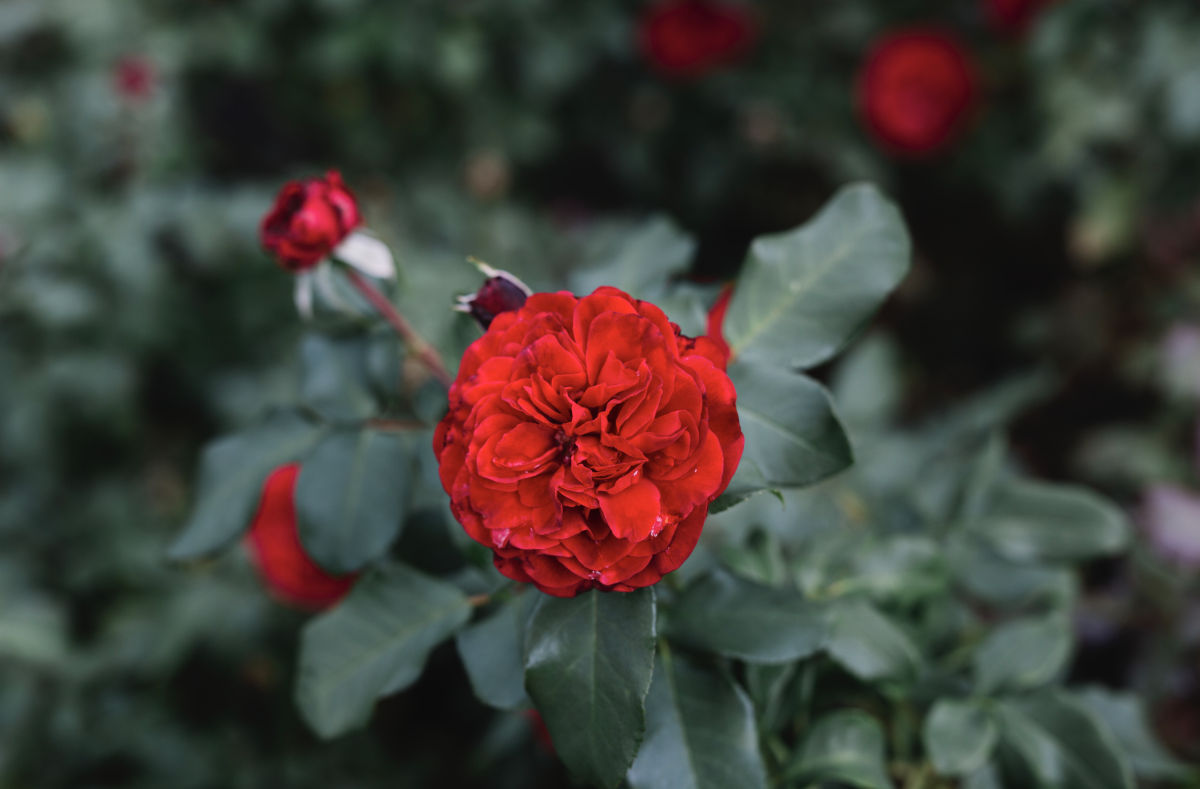
Along the road that flanks the area occupied by the Forum, the heart of the Roman city, an artisan's workshop stands out among all the others. It is linked to a production that is as particular as it is identifying ancient Paestum: perfume.
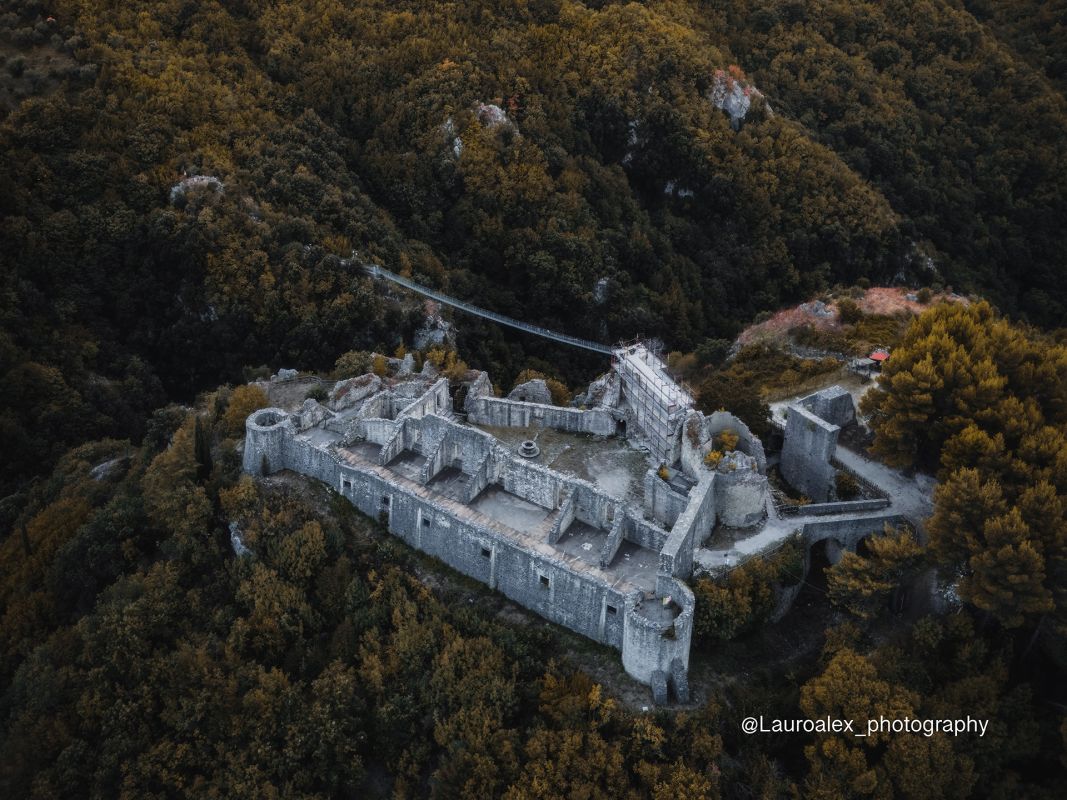
The context is that of a reserve of great environmental value in the upper Sele valley, around two mountains, the Eremita, 1579 meters high, and the Marzano, which reaches 1527 metres.
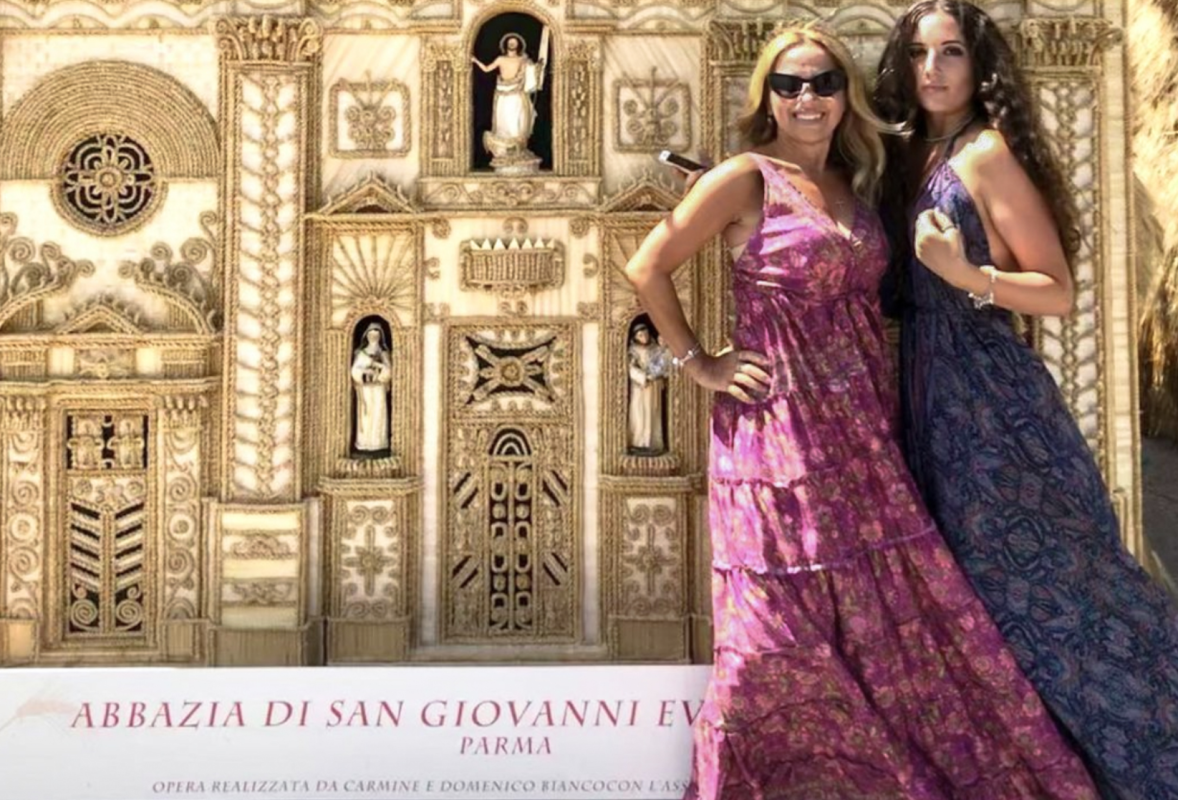
The Rites of Wheat and Straw come from the mists of time. Since farmers began to give thanks to the gods of the earth for the success of the crops. They became real community festivals in Roman times, in the middle of summer, when the blonde ears of wheat gave their fruits, an indispensable source of food.

A place of silence and meditation. And of artistic charm too.
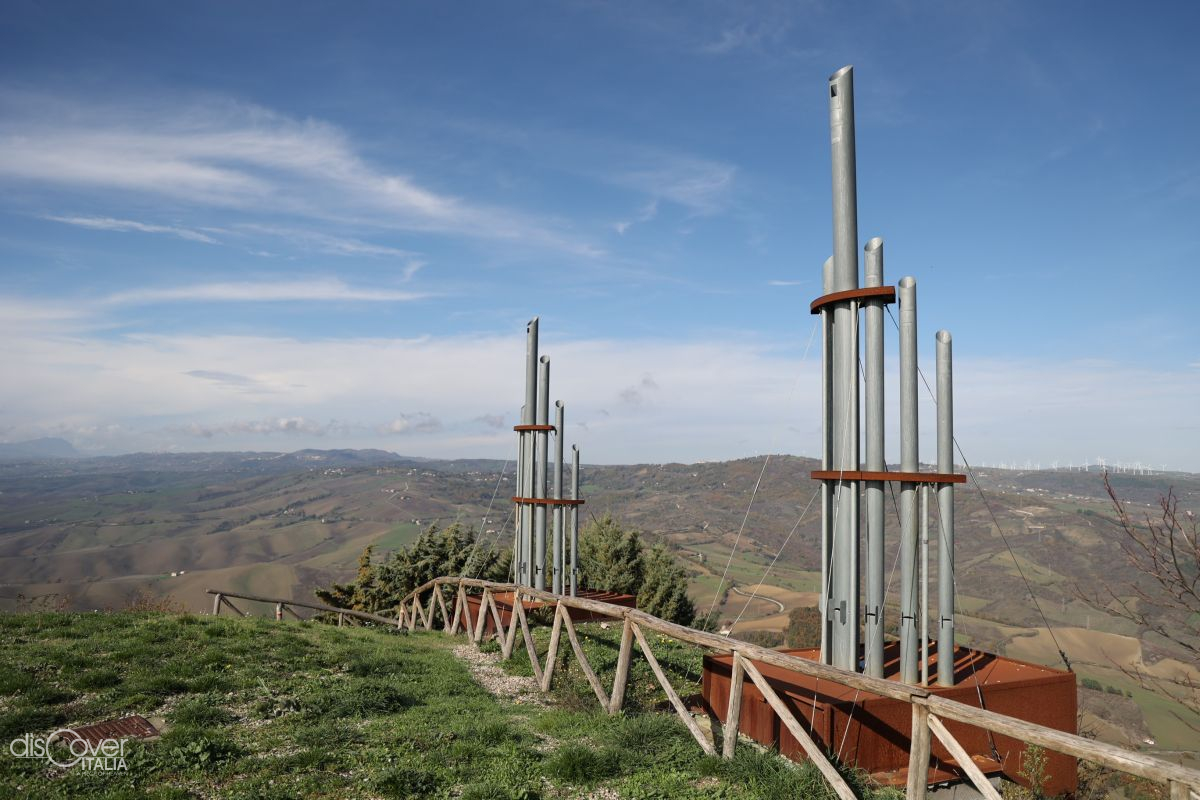
The harmony of the landscape enclosed in one glance. It is the gift that an ancient route reserves for those who reach the top of Cairano’s cliff.
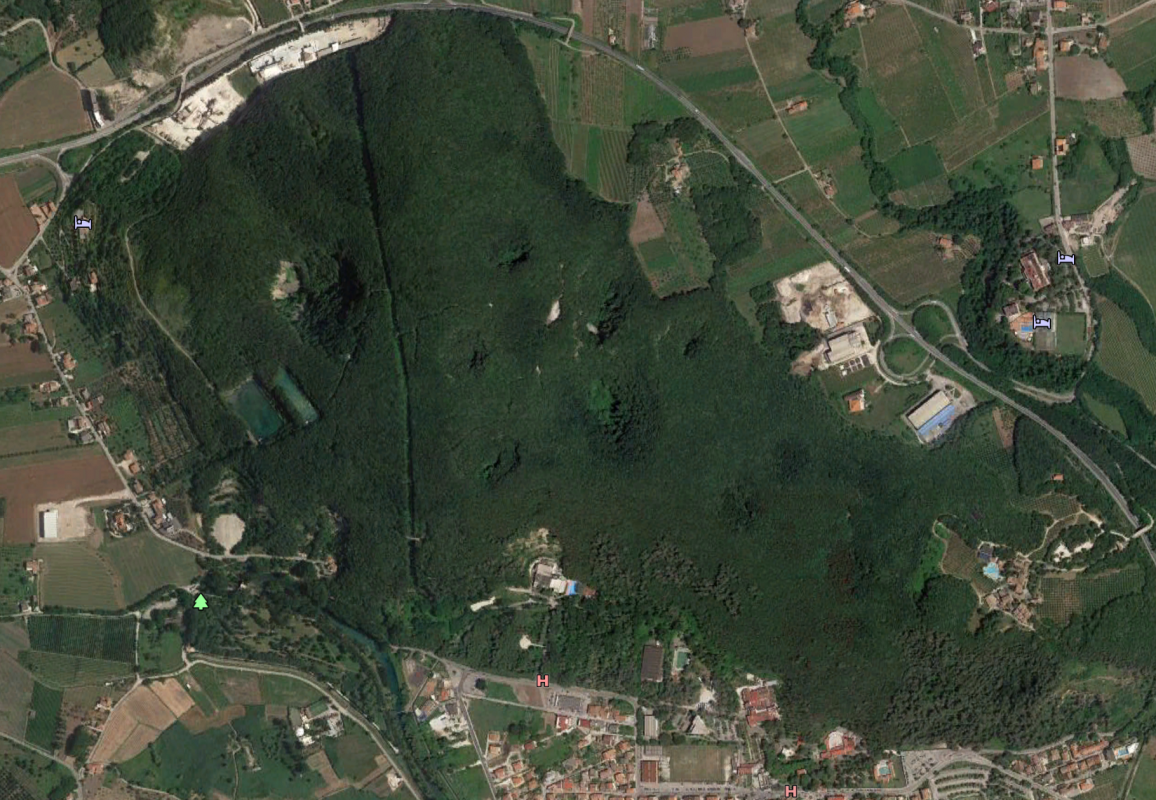
The largest, descending to a depth of 185 meters, is the Puro delle Mele (Puro of the Apples). The smallest reaches 80 meters, is the only one that can be reached via a path of great attractiveness due to the beauty of the nature encountered there.
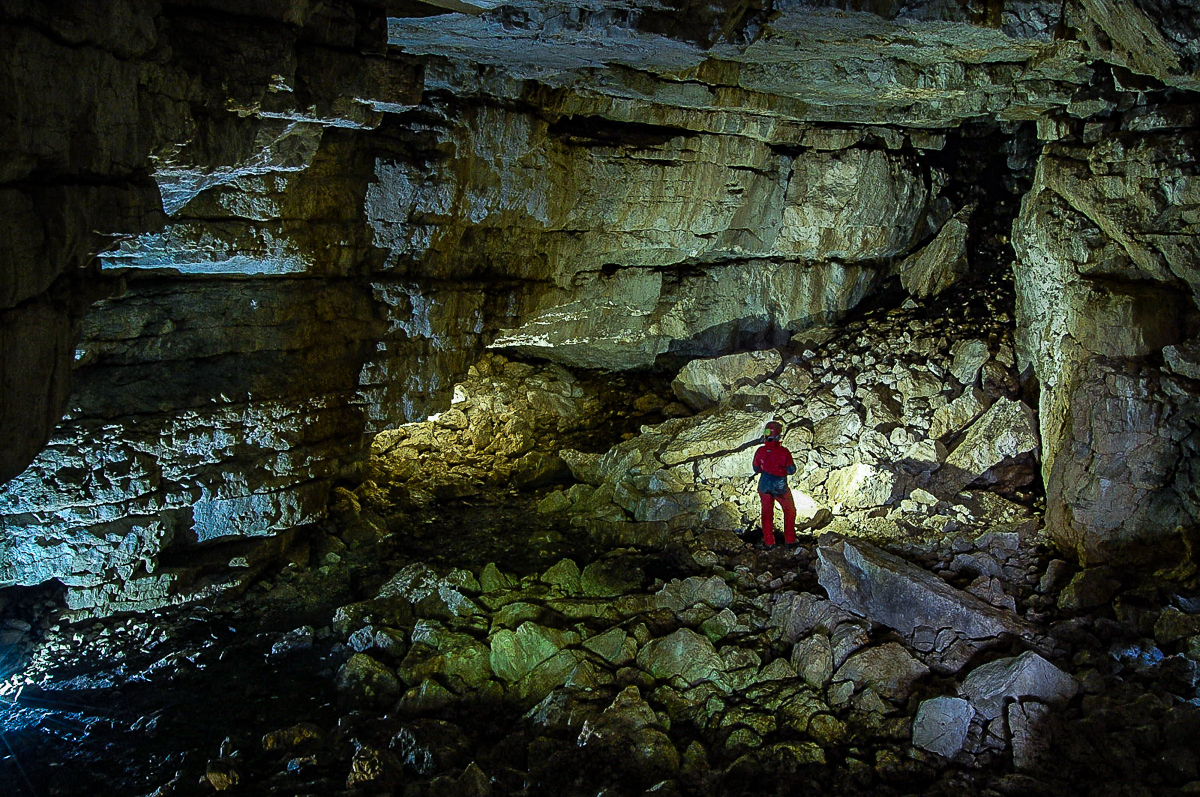
In the beautiful seasons, it was the ideal place to stop and spend the night after dark. High up, safe on the side of the mountain, the small esplanade offered enough space to house the flocks in the pens until the early dawn of spring and summer.

It was along the climb to the shrine on the top the mountain that young women, at the right age to become mothers, strayed from the path usually followed by pilgrims.
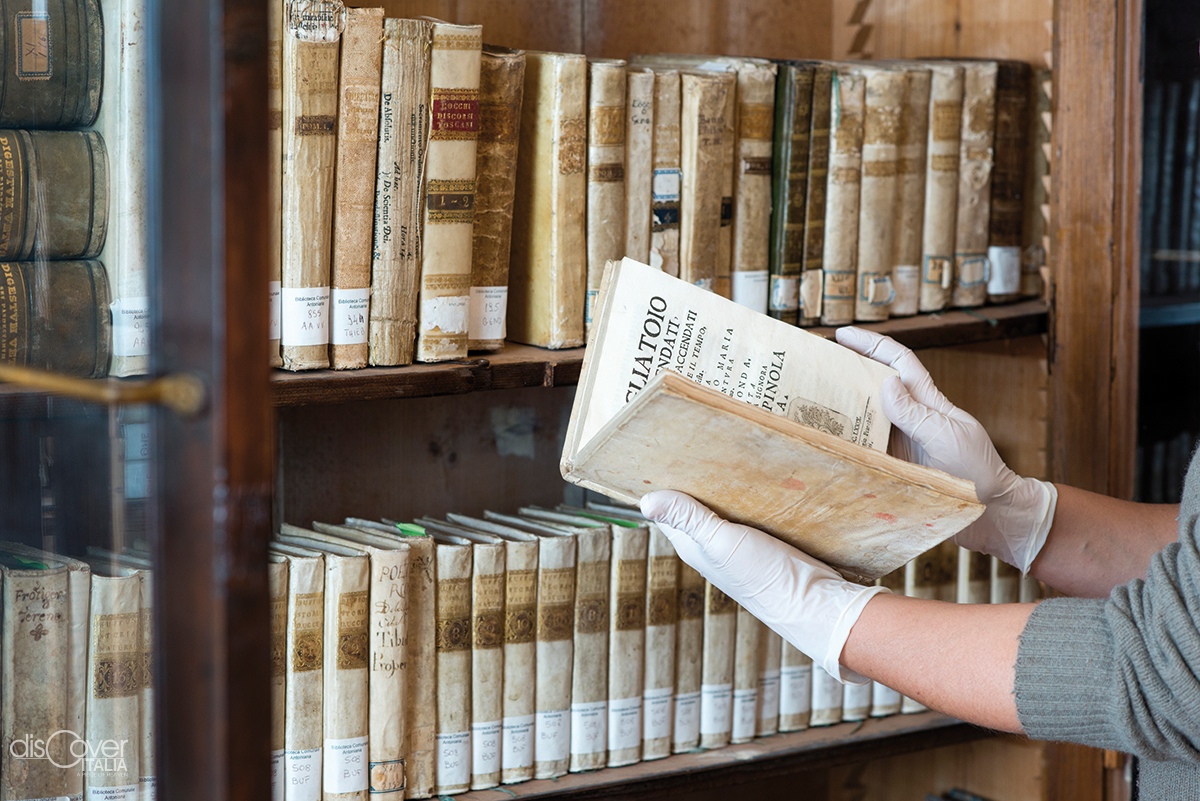
It’s now out of the dark of the centuries and bookshelves. Available for scholars in the hall opening next to the plaster bust of monsignor Onofrio Buonocore, founder of the Biblioteca Antoniana, from whose windows one can admire Castello Aragonese and feel the saltiness from the nearby sea penetrating the walls. A paper strongly yellowed over time, with wide spots of humidity, indicating with its antiquity its true valor.
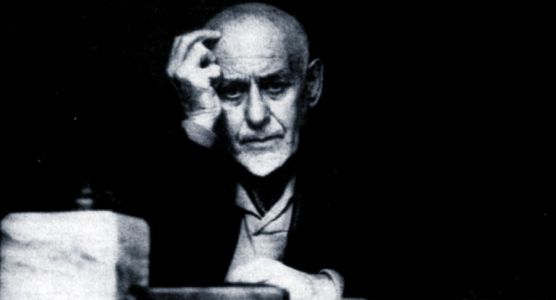
Figlio di Ignazio, portò avanti l’opera del padre, mettendo le sue competenze tecniche al servizio dell’isola. Nato a Capri il 28 giugno 1875, Edwin Cerio, come tutti gli isolani interessati a proseguire gli studi, dové lasciare presto l’isola, per frequentare il Nautico e poi per laurearsi in ingegneria meccanica e navale a Genova.
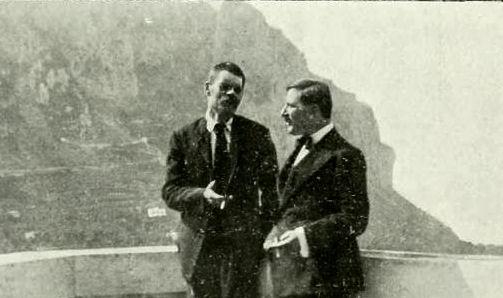
(l’amaro) è lo pseudonimo di Aleksej Maksimovič Peškov, che nacque a Niznij Novgorod il 28 marzo 1868. Rimasto orfano da piccolo, fu cresciuto dalla nonna alla cui morte, appena diciannovenne, tentò il suicidio, per poi mettersi in viaggio a piedi per cinque anni, raggiungendo ogni angolo della Russia e facendo i più diversi lavori per mantenersi.
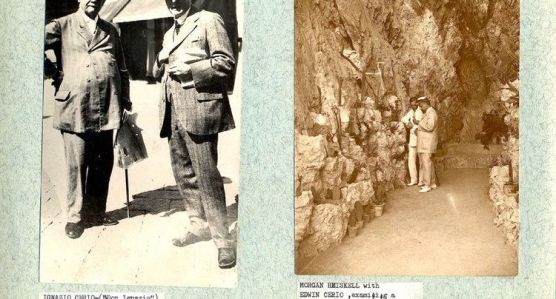
Un caprese d’adozione che dedicò la vita all’isola amatissima, scoprendone i “segreti” più affascinanti. Abruzzese di Teramo, dove era nato il 28 febbraio 1840, Ignazio Cerio studiò medicina, laureandosi ad appena vent’anni, avviato dal padre alla carriera militare.

Una partita a scacchi memorabile. A giocarla era stato Vladimir Ulic Ulianov detto Lenin (22 april 1870 – 21 gennaio 1924) con Bogdanov a Capri, dove il padre della Rivoluzione russa era approdato per la prima volta il 23 aprile del 1908, ospite dell’amico Maxim Gorkij, che da tempo lo aveva invitato.
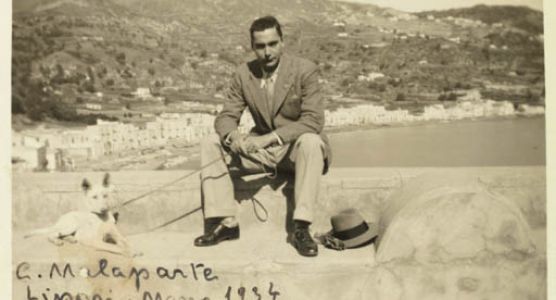
Cinquantanove anni vissuti sempre a mille, scelte di campo senza sfumature, personalità controversa, Curt Erich Suckert, noto con lo pseudonimo di Curzio Malaparte, madre italiana e padre tedesco, era nato a Prato il 9 giugno 1898. Studi classici, a soli sedici anni all’inizio della Prima Guerra Mondiale si era arruolato volontario nella Legione straniera per poi passare sottotenente nell’esercito italiano, guadagnandosi la medaglia di
...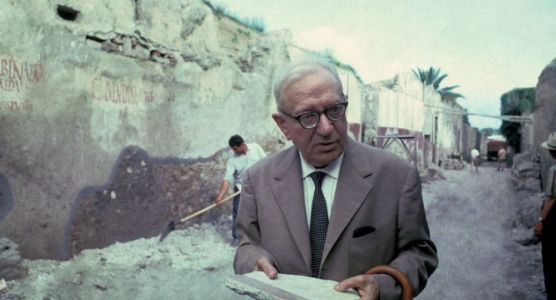
Uno dei grandi protagonisti dell’archeologia del Novecento, che diede un impulso decisivo alla conoscenza della storia antica della Campania. Amedeo Maiuri era nato a Veroli il 7 gennaio 1886 e, dopo gli studi classici, si era laureato in Lettere, per poi trasferirsi a Napoli come ispettore presso il Museo Archeologico Nazionale.
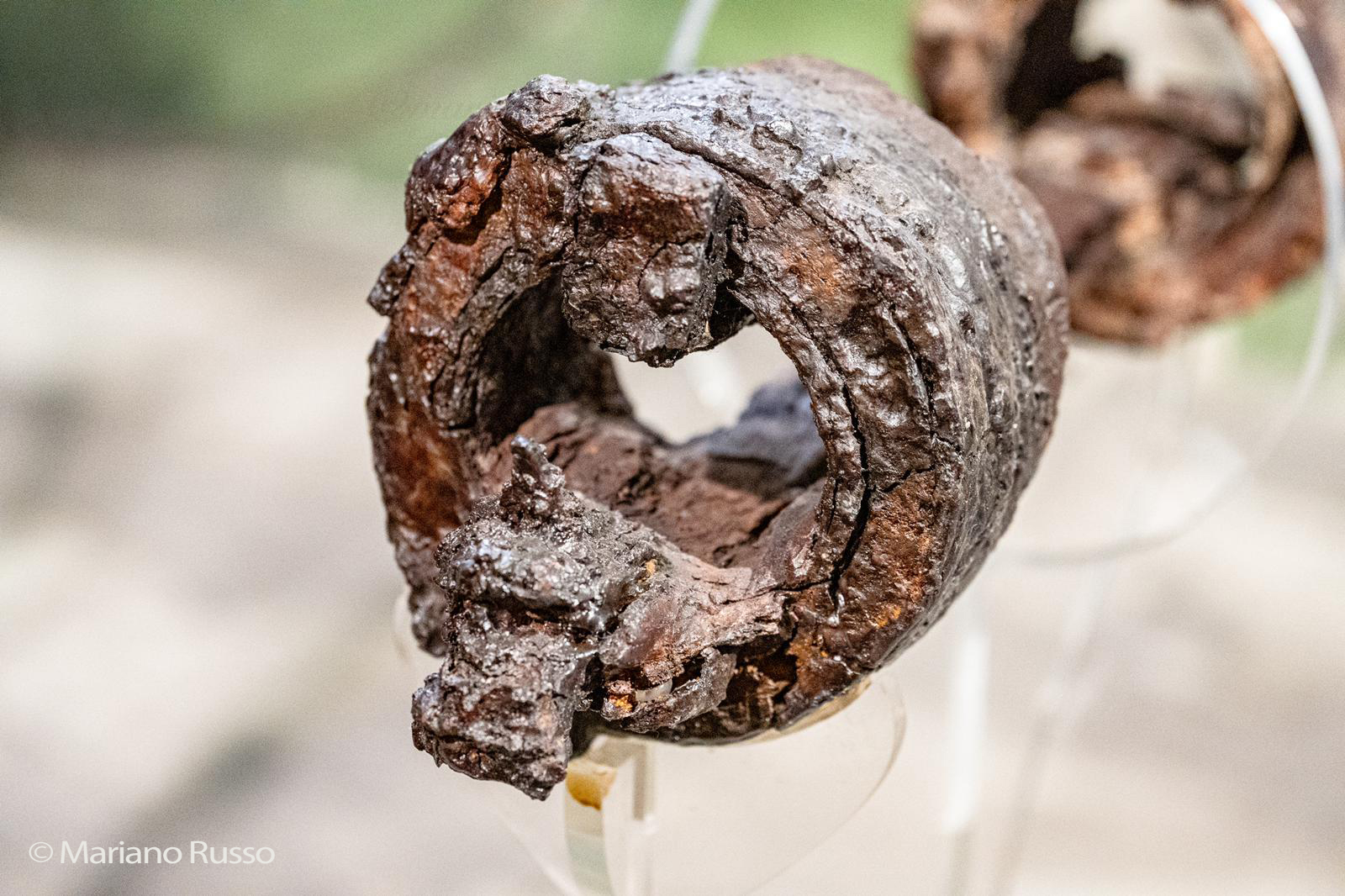
From Boccaccio to the Grand Tour and now also museum.
Clean air and lush green. Plus the unforgettable view over the Gulf of Naples. These features attracted attention to the hill at the bottom of Mount Faito, which appeared to be an ideal place to build a royal residence. As it happened in the second half of the 13th century, definitely before 1280. The first to enjoy the excellent position of that building was Charles I of Anjou, at whose epoch date back the oldest documents of the palace on the hill in the city that already had
...
Il suo vero nome non lo sapremo mai. Ma quattro lettere in alfabeto calcidese, scritto da destra verso sinistra, sono state sufficienti a risparmiargli l’anonimato comune alla maggioranza dei suoi colleghi. C’è l’ha fatta, Inos, a sconfiggere l’oblio.

Four parchments, considered for the history as the oldest documents written in vernacular language (Italian volgare): they are the so-called “Placiti campani” or Placiti Cassinesi, dating back to the period of the Lombard principality of Capua, between 960 and 963.
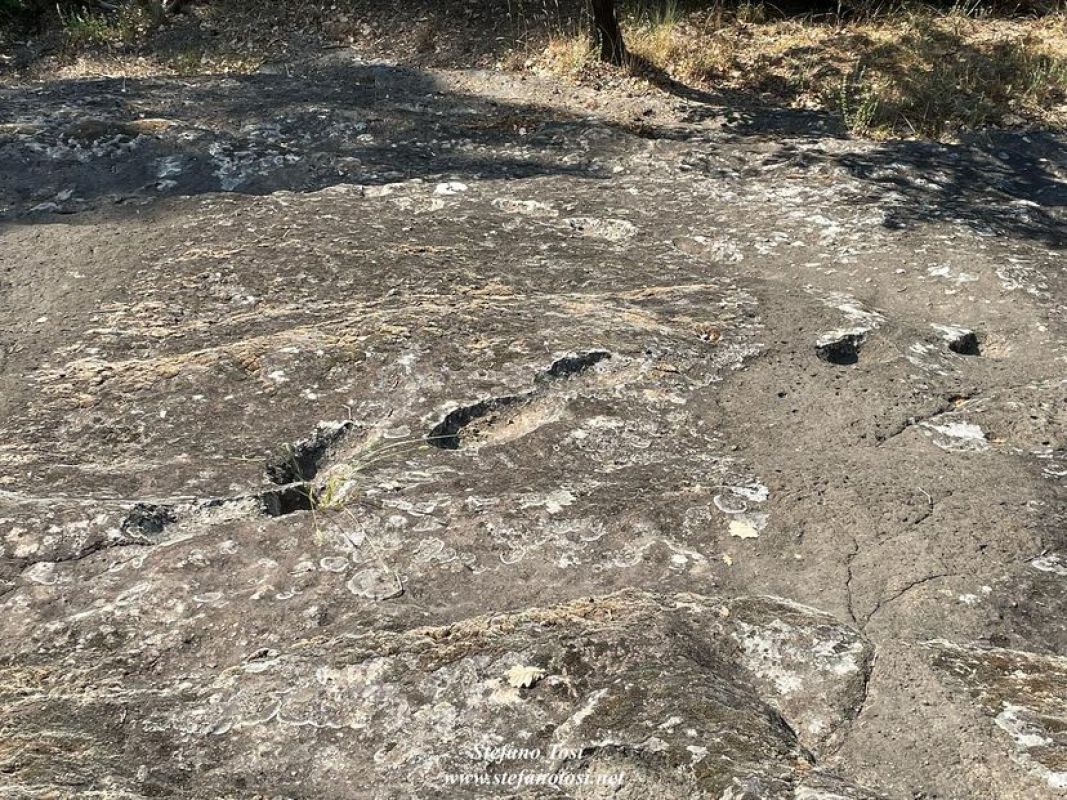
Two trails with strange footprints. 58 precisely. Some in zigzags and some straight. Of human characteristics and sizes, but not exactly. And on a block of tuff at the foot of the northwestern side of the extinct volcano of Roccamonfina.
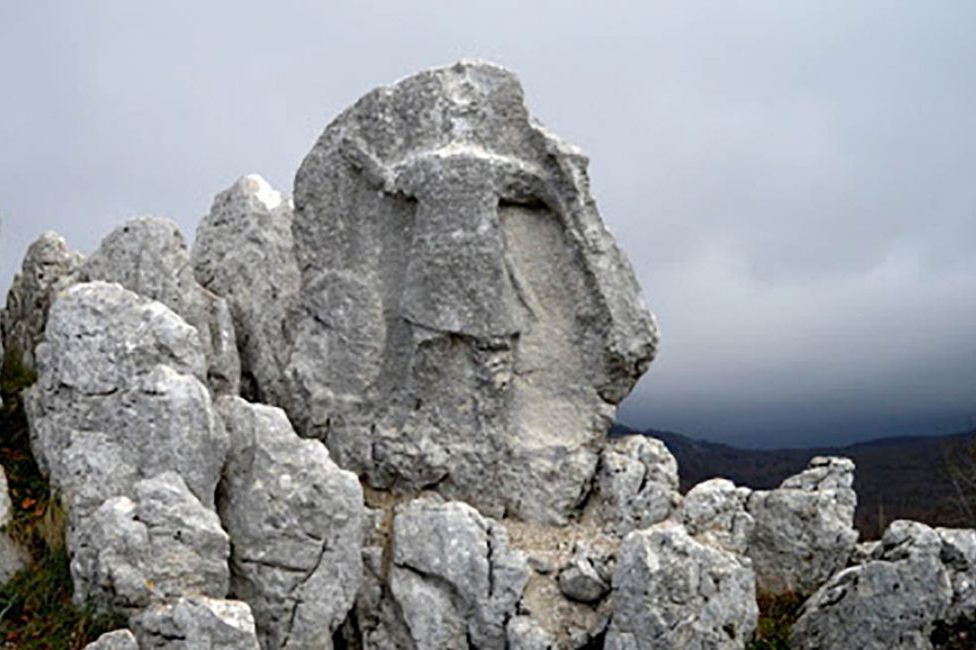
It was clearly visible from every sanctuaries of the coast: from Heraion to the mouth of Sele in Poseidonia, to the ancient Pontecagnano. That place on the top of Costa Palomba, in the heart of the Alburni, today in the municipality of Sant’Angelo in Fasanella, was an essential stop for anyone moving to the Lucani lands.
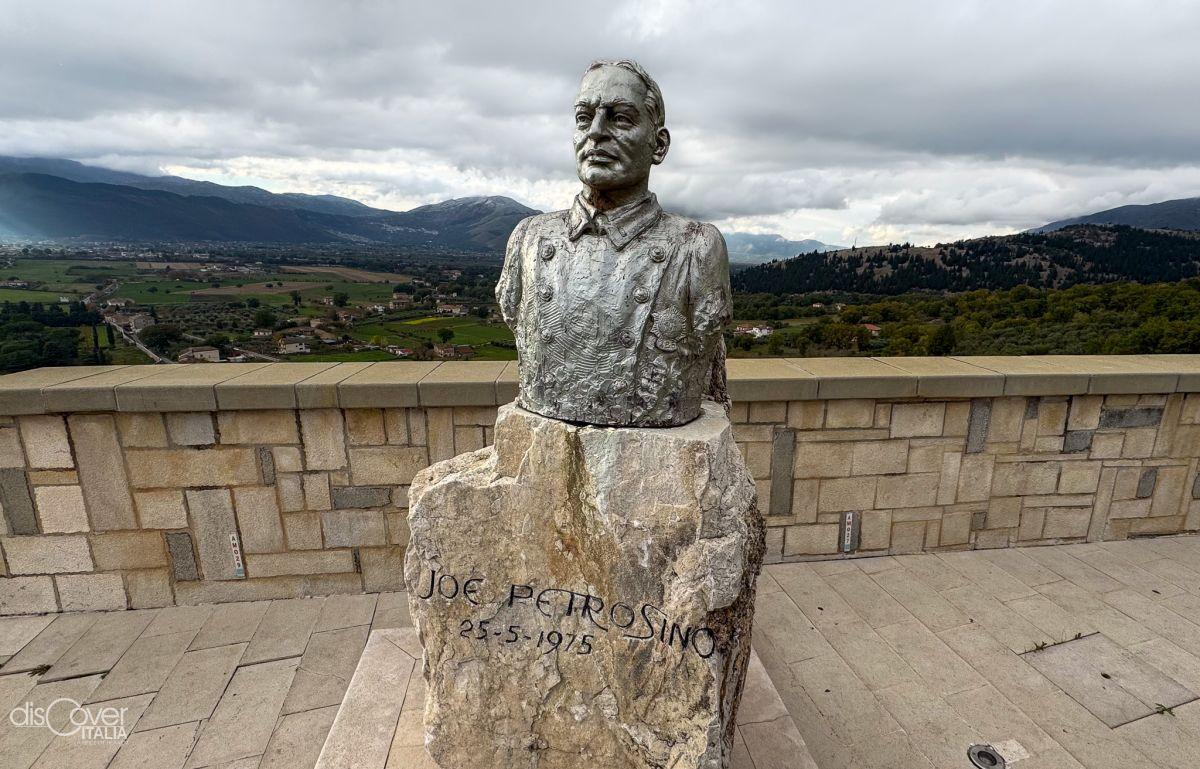
He had returned to Padula in March 1909 that would have been fatal to him. A few days before reaching his main destination, Palermo, where the mafia was already warned and ready to kill him.
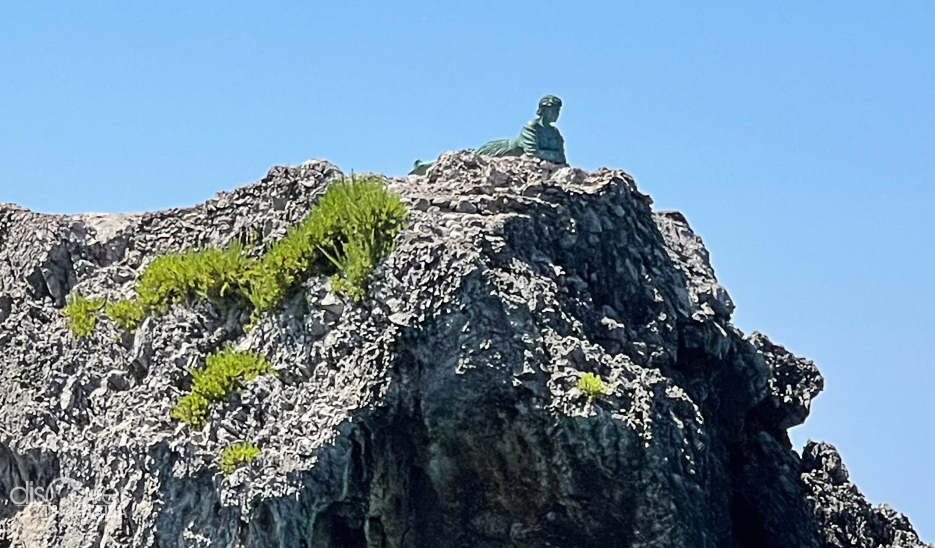
Setting off an outbreak of revolt against the Bourbons with the support of the population and to promote the unification of Italy. The plan elaborated by Carlo Pisacane provided that all this should take place in Cilento, after having freed the political prisoners imprisoned in Ponza.

In the seventh book of the "Aeneid", Virgil had identified there one of the entrance gates to the Underworld, as Lake Averno on the Phlegraean coast.
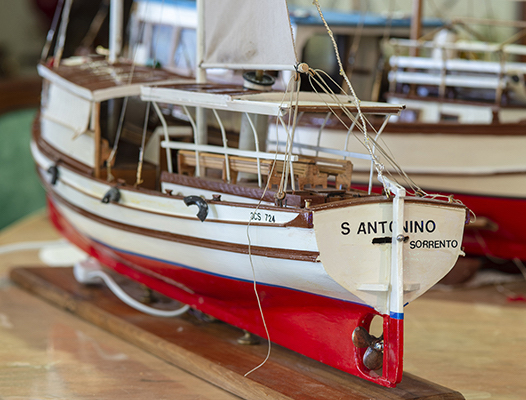
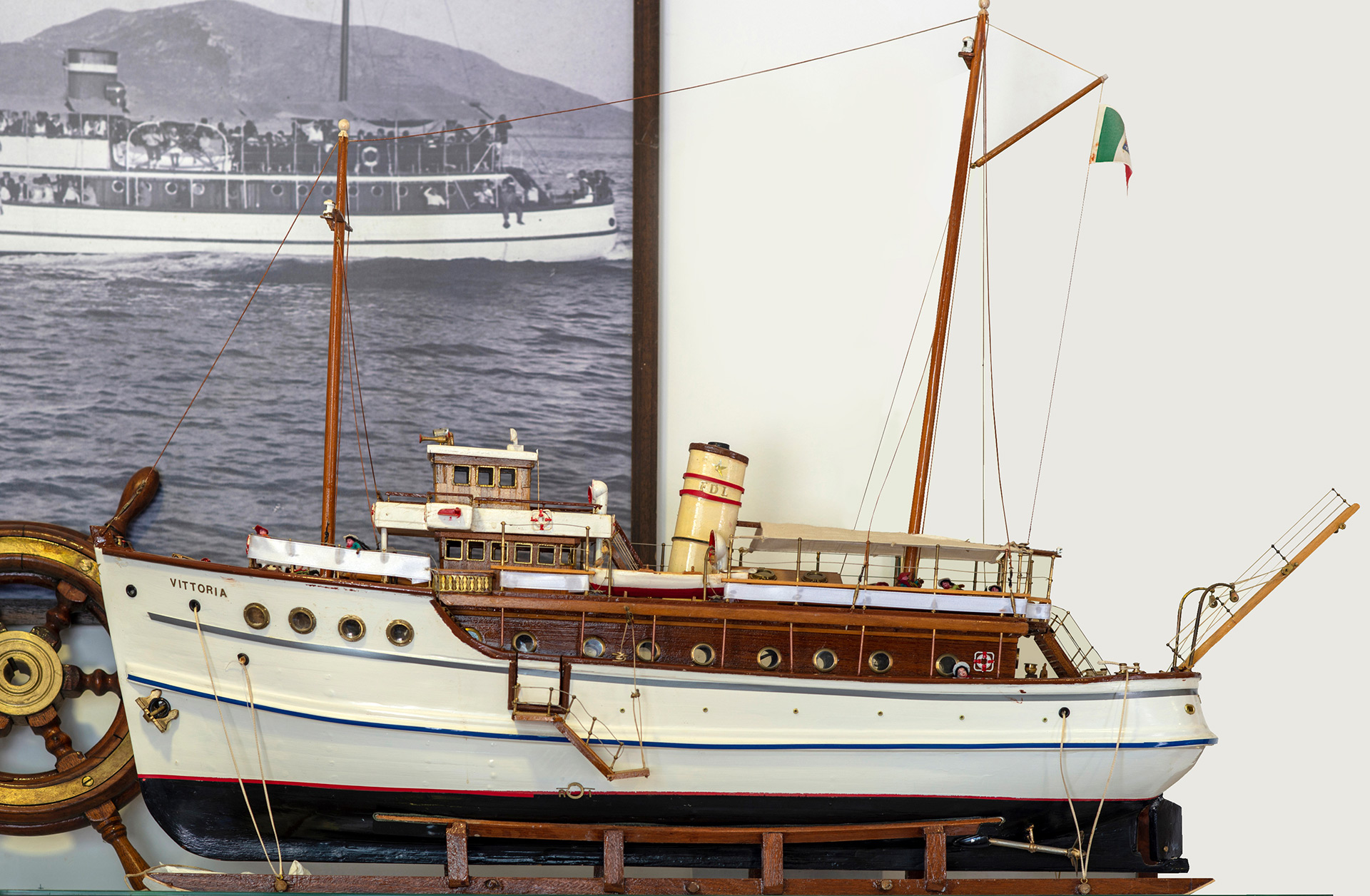
It deserves a place of honour, not only in the memory but also on the wall.
A black and white picture portraits it at sea. The name painted on the ship’s side, clearly highlighted: Vittoria. The same name we read on the model placed just below, which re-establishes colours and three-dimensionality to a vintage picture of a special ship. Originally, of a
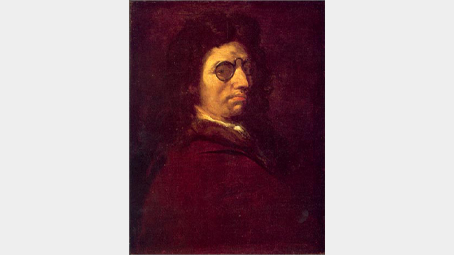
Oltre tremila suoi dipinti presenti in numerosi Paesi, artista instancabile, Luca Giordano nacque a Napoli il 18 ottobre 1634 figlio di un modesto pittore e fin da giovane iniziò a costruirsi una solida formazione tecnica attraverso lo studio dell’opera dei grandi artisti del passato in un contesto, quello della Napoli di metà Seicento, fortemente influenzato dall’eredità artistica di Caravaggio.
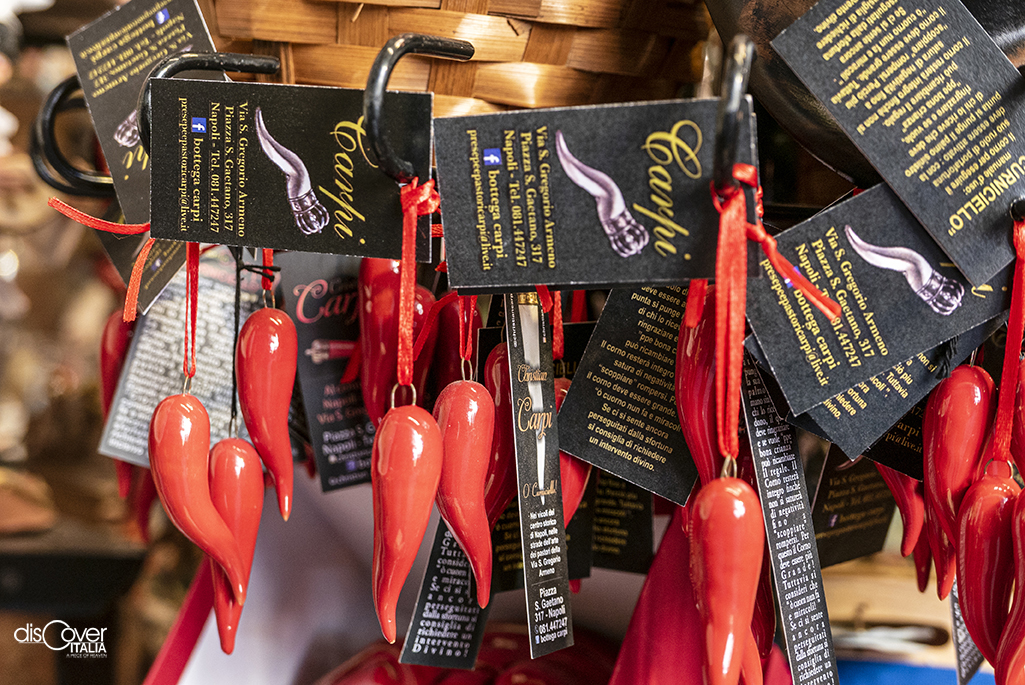
A trip to Naples is not complete if you don't walk through San Gregorio Armeno to choose the shepherds, regardless (mentioning Totò, the famous Neapolitan actor) of the Christmas period, in a dimension – the Decumans one – which is like «a nativity scene within the nativity scene» in a reflection multiplied by the mirrors.
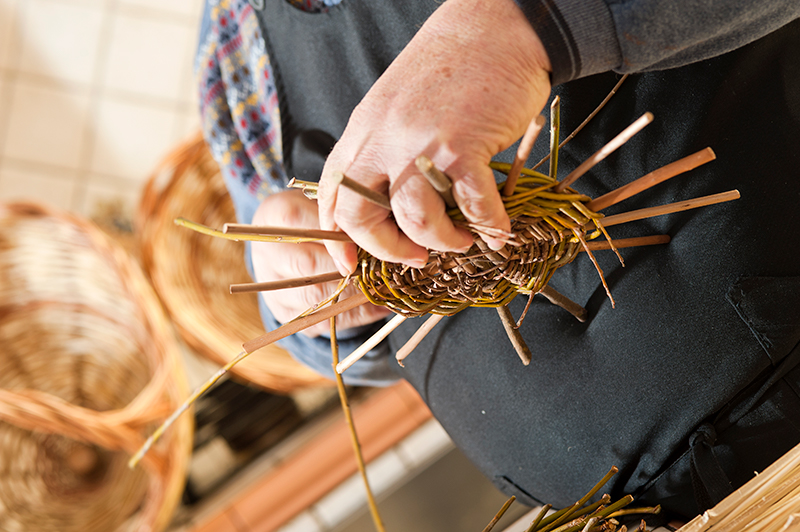
To buy a souvenir, we go without fail. The ability of Ischia potters dates back to ancient times, and this capacity of the local terracotta crafstmen and masters to work clay with great passion and creativity has remained a bit magical: they are the perfect heirs of a glorious past, made of commercial exchanges, of international caliber, which remember the Greek civilization.
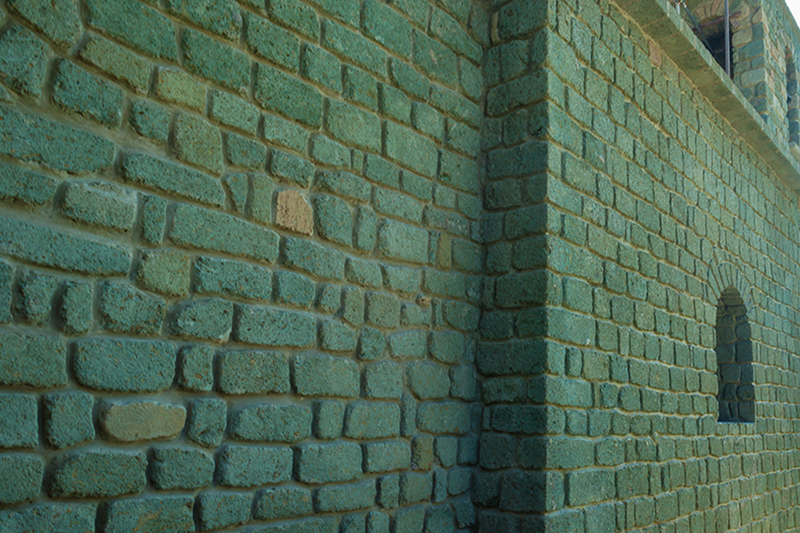
Sebbene cresca ovunque particolarmente rigogliosa, grazie alla fertilità del suolo vulcanico, non è dalla vegetazione che in gran parte la ricopre che Ischia ha preso il nome di Isola Verde.

Until 1854, the port of Ischia was a lake of volcanic origin, which only a narrow strop of sand separated from the sea. Inside, there was an inhabited islet. Which in 140 A.D was the subject of a letter sent by the young Marcus Aurelius, future emperor, to his rhetoric teacher, Fronto.

The Latin alphabet, which still uses a large part of the world's population today, has its origin in the Greek alphabet used on the island of Euboea. From there, around 790/780 BC. the settlers arrived on the island of Ischia, which they called Pithekoussai.

L’iniziatore della dinastia angioina, nemico giurato di Svevi e Aragonesi, nacque a Parigi il 21 marzo 1226 dal re di Francia Luigi VIII, che lo lasciò orfano a soli otto mesi, e da Bianca di Castiglia che lo crebbe. Destinato alla carriera ecclesiastica, la morte prematura di due fratelli lo indirizzò alla vita militare e alla conquista del potere.
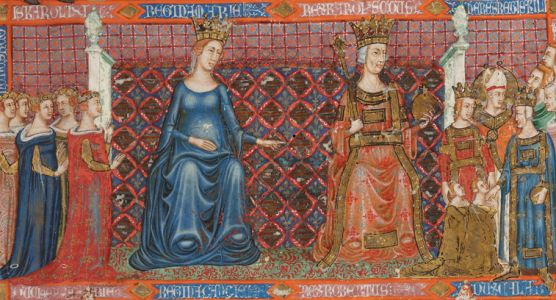
Figlio di Carlo I e di Beatrice di Provenza, nacque nel 1254. Principe di Salerno dal 1266, partecipò dopo i Vespri siciliani alla guerra contro gli Aragonesi. Nel 1284, mentre il padre Carlo I era in Provenza per preparare la grande flotta, finanziata dal papa francese Martino V, che avrebbe dovuto consentire la riconquista della Sicilia, la flotta aragonese dalla Sicilia, sotto il comando dell’ammiraglio Ruggero di
...
On the Blue Island, famous throughout the world for its enchanting Blue Grotto, there is also a small reptile with a characteristic blue-green color which on its even darker back takes on an intense cobalt blue hue: it is the blue lizard of Capri, the Podarcis siculus coeruleus formerly Lacerta coerulea faraglionensis, which is an endemic subspecies of the field lizard.
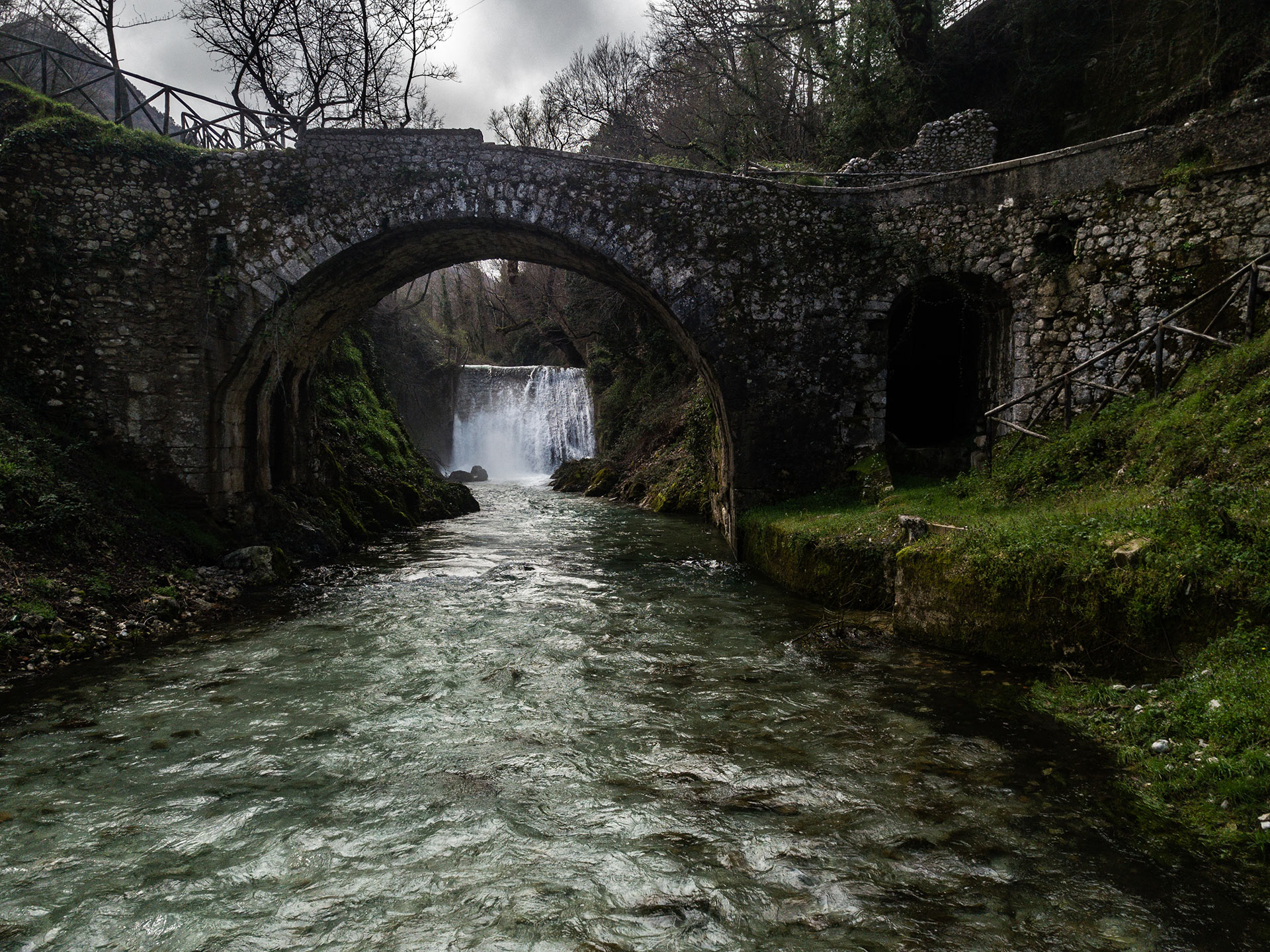
Montella is not only the heart of PGI chestnuts production bearing its name, recognised as Irpinia typical product. It is also a land of springs of water.
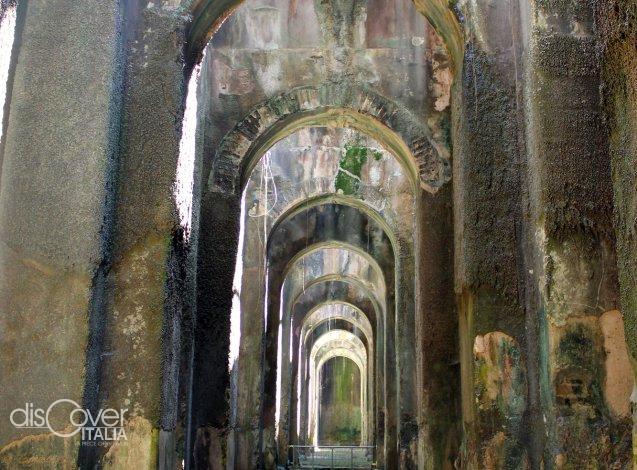
They are among the most widespread and best preserved vestiges wherever the domination of Rome reached.
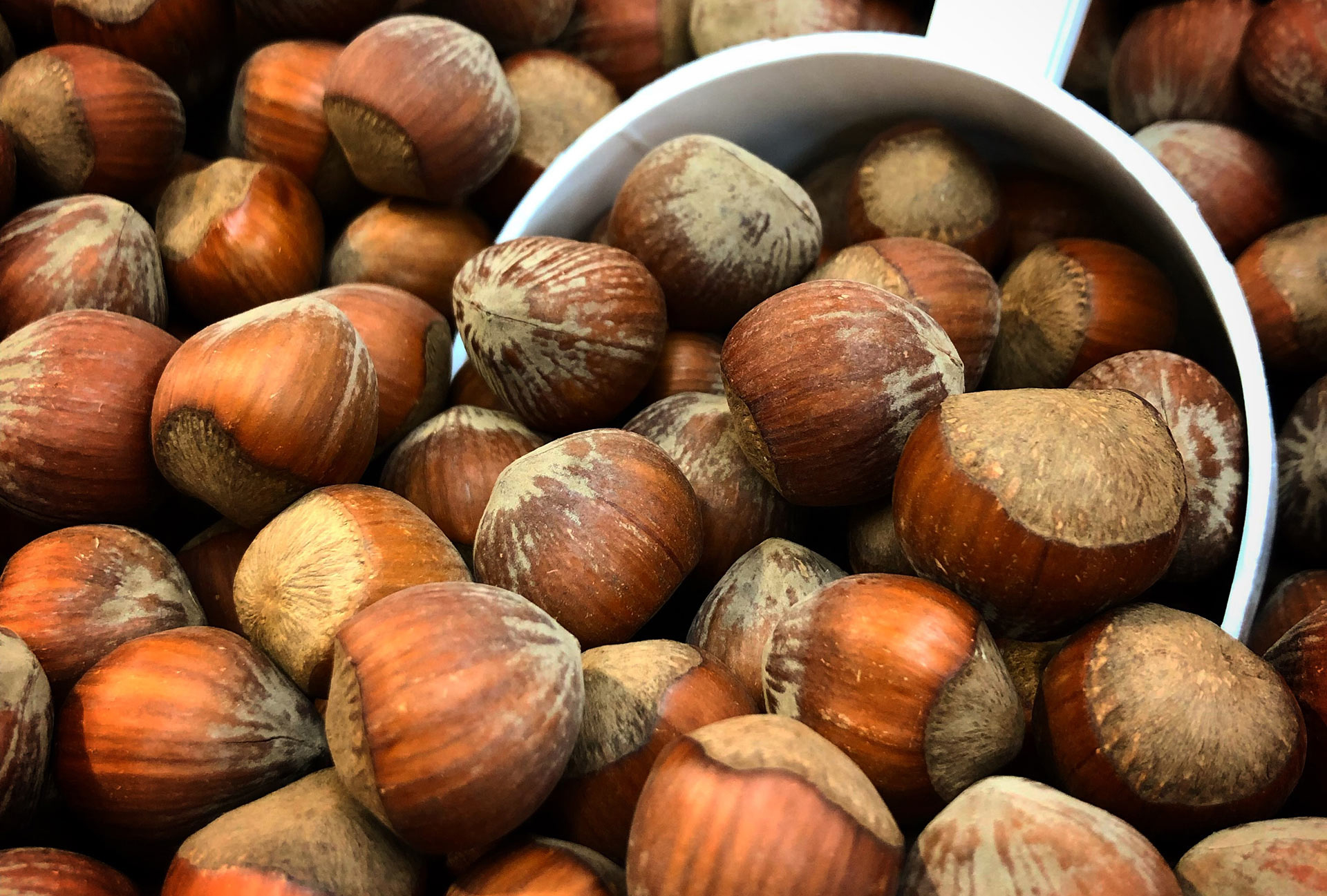
Roasted and shredded, they appeared as an ingredient in different recipes of the “De re coquinaria” of Apicius, the famous roman chef who lived between the 1st and the 2nd century a.D and recommended the use of “nuts of Avella”, in other words the nuts.
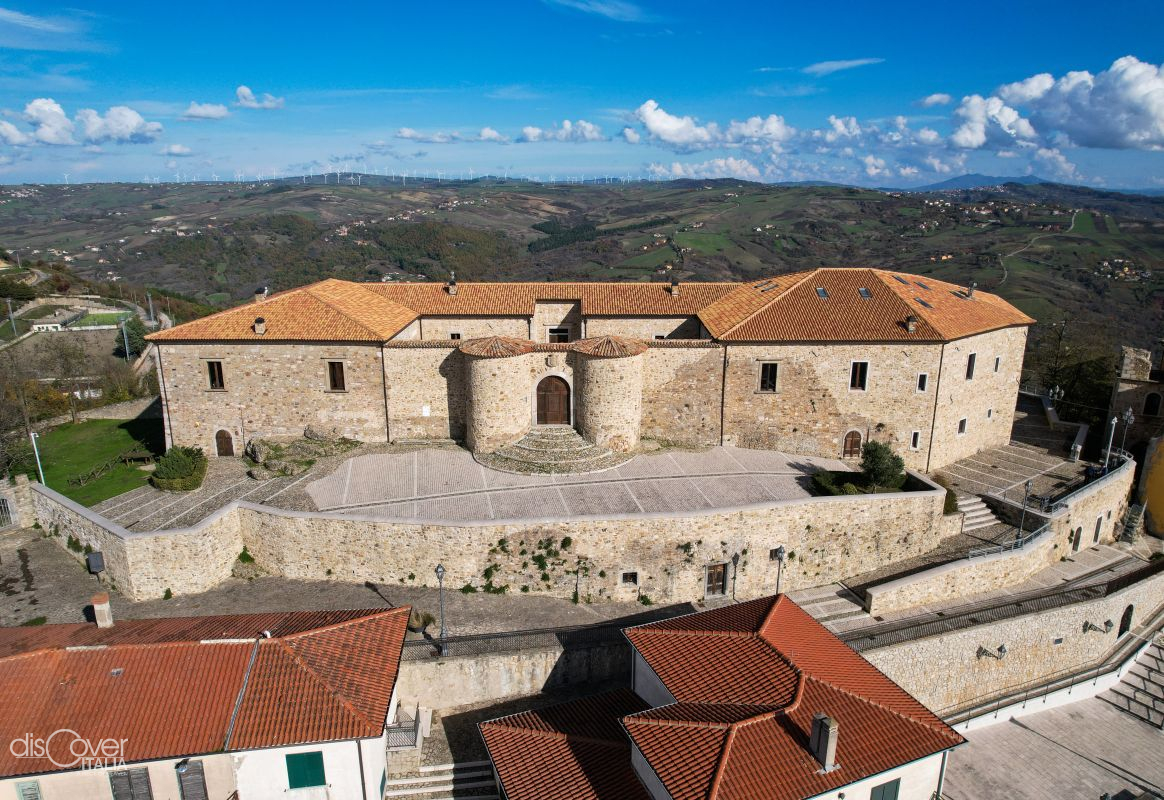
E’ una testa di lupo, hirpus, l’elemento decorativo che caratterizza le ceramiche della necropoli di Piano Cerasulo.
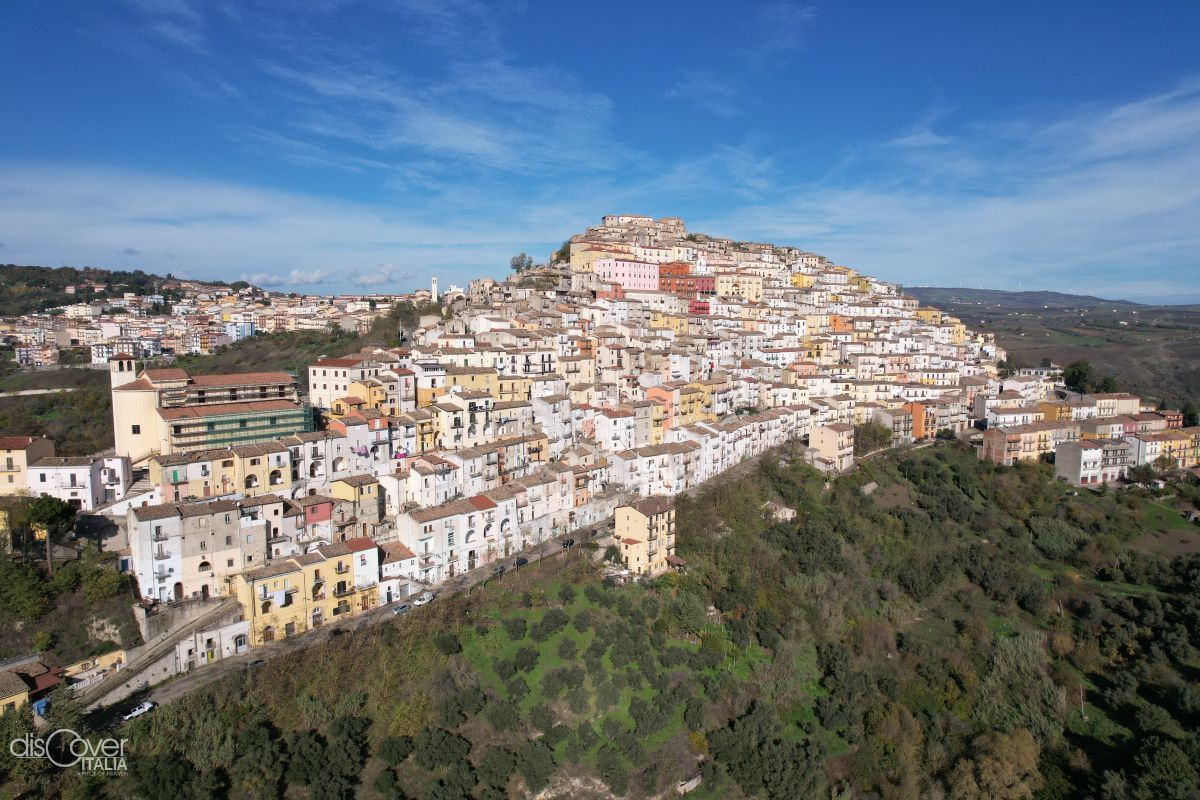
The “cart wheels” weigh six kilos, but the most common size is two kilos. Round loaves, of wheat and soft flour, risen with sourdough and baked in wood –fired oven : this is the bread which has made Calitri famous.The “cart wheels” weigh six kilos, but the most common size is two kilos. Round loaves, of wheat and soft flour, risen with sourdough and baked in wood –fired oven : this is the bread which has made Calitri famous.
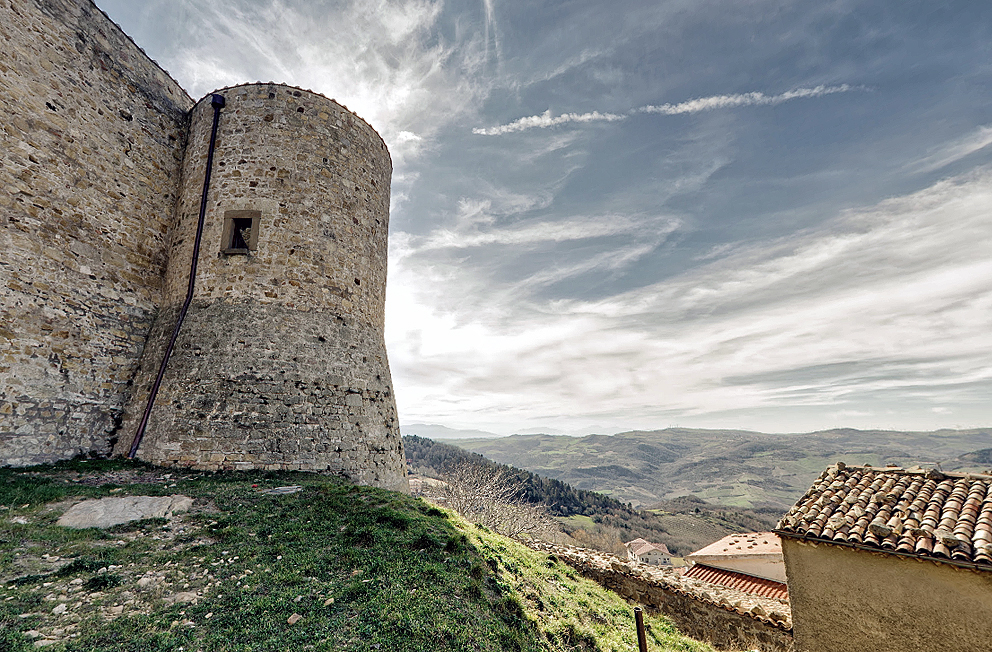
I Grimaldi, Principi di Monaco, per oltre un secolo, dal 1532 al 1631, possedettero il feudo di Monteverde, l’antico Mons Viridis che già ne suo nome rappresenta la verde Irpinia.
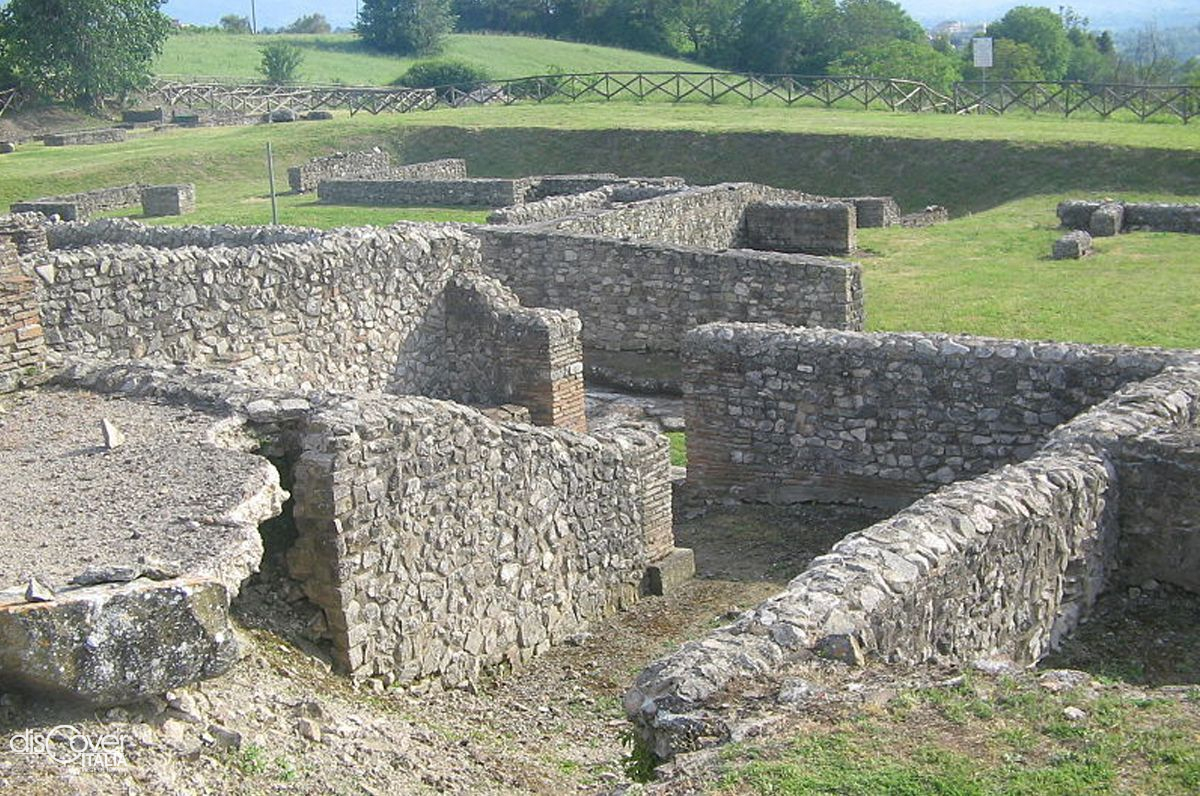
On a hilly ridge between the Calore and Ufita valleys, Mirabella takes its second name from the ancient Aeclanum, whose site is in the Passo di Mirabella hamlet.

The practice of the “Sacred Spring” marked the beginning of the new people, the Samnites. Originally Sabines, around the VII-VI century b.C, they travelled from their land in order to colonise new territories, southern most, along the Apennines.

A journey backwards in time. Until the Cretaceous, 110 million years ago, when on the slope of the Matese, where Pietraroja rises, the lagoon was expanded.
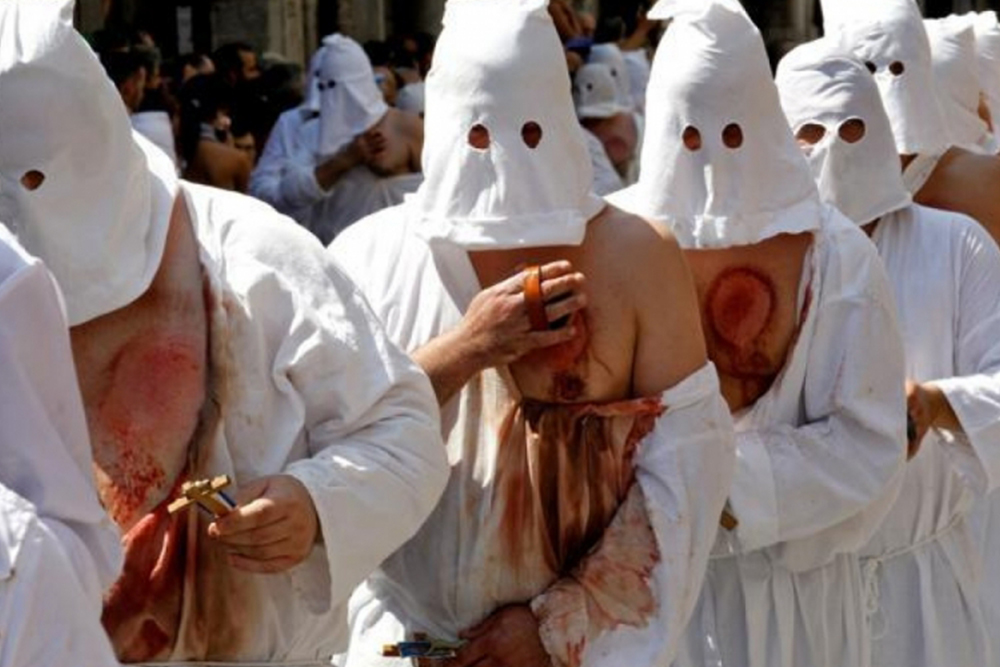
Every seven years and for seven days, from the Monday after the 15th of August until the following Sunday. The entire community of the medieval center of the Telesina Valley is mobilised to organize and animate the rites every seven years in honor of the Assumption of the Virgin Mary.
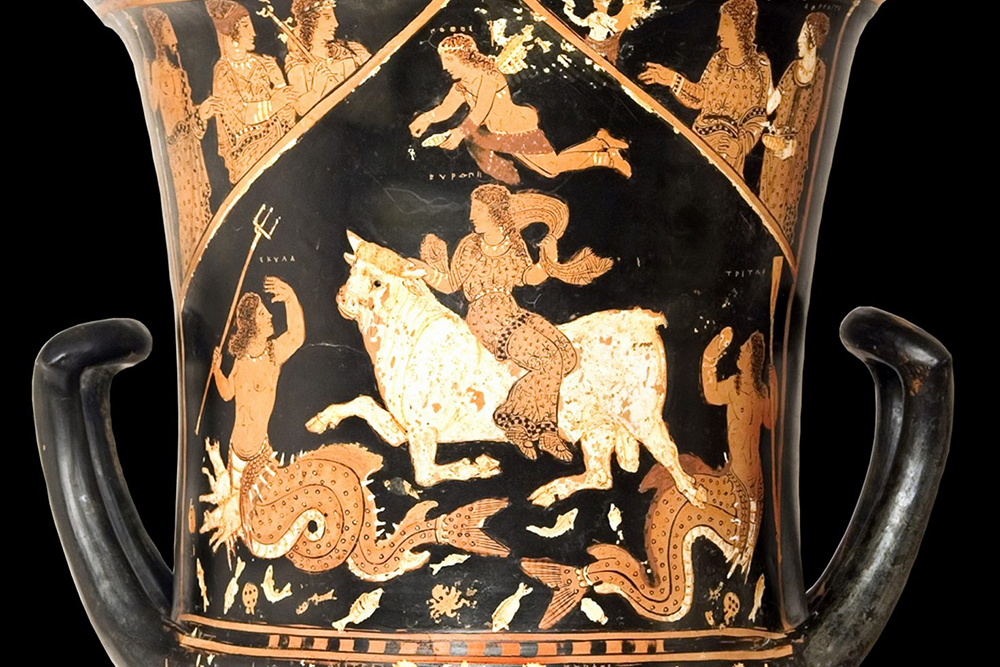
The National Archaeological Museum of Sannio Caudino has its seat in the Castle of Montesarchio, with the findings of funerary objects dating back to the 10th/9th century and the Roman era, found in the necropolis of Caudium, Saticula (Sant'Agata de 'Goti) and Telesia (San Salvatore Telesino).
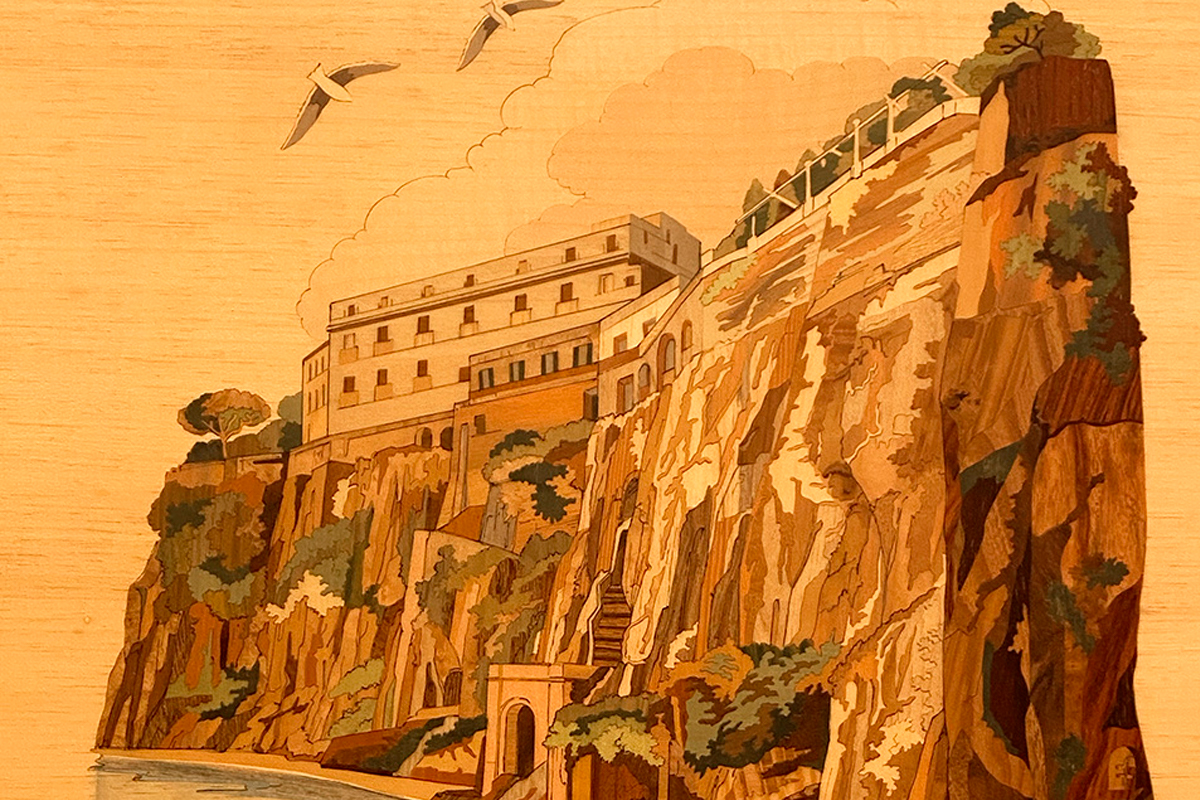
The wood inlay is a typical form of artistic craftsmanship of Sorrento and has been an emblem for the travelers of the Grand Tour.
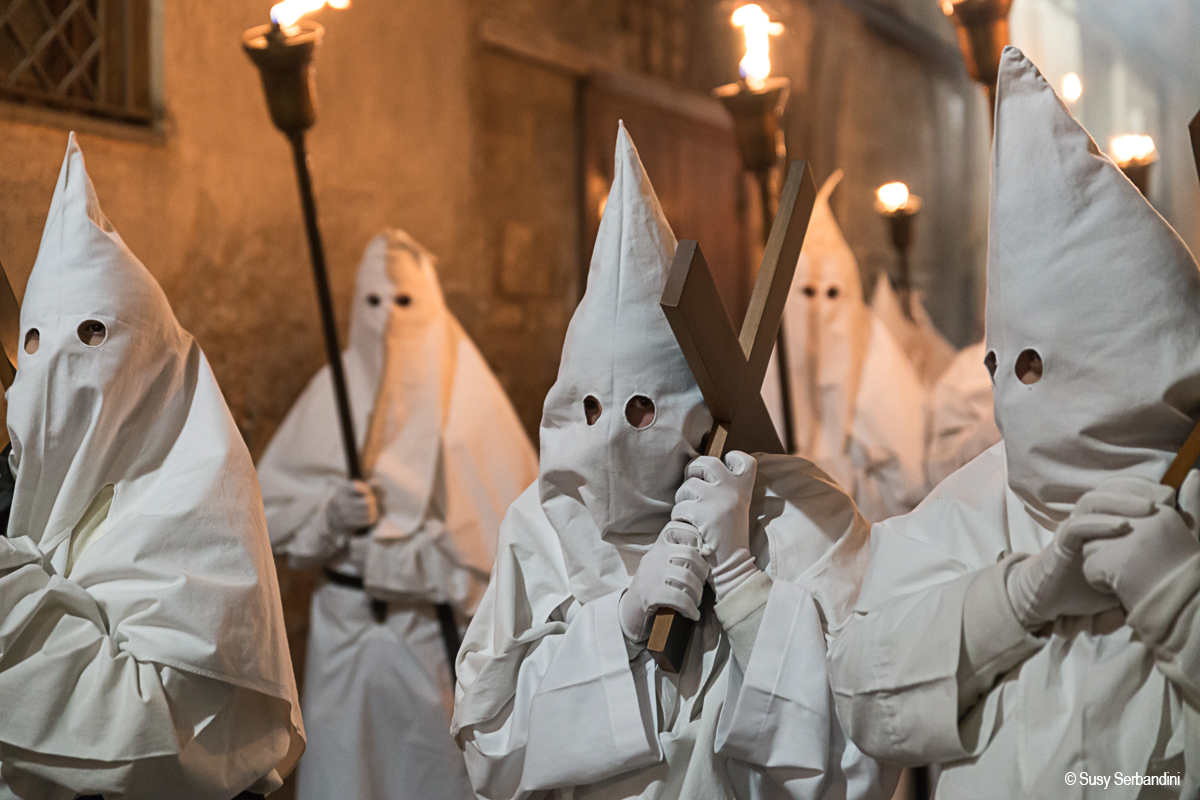
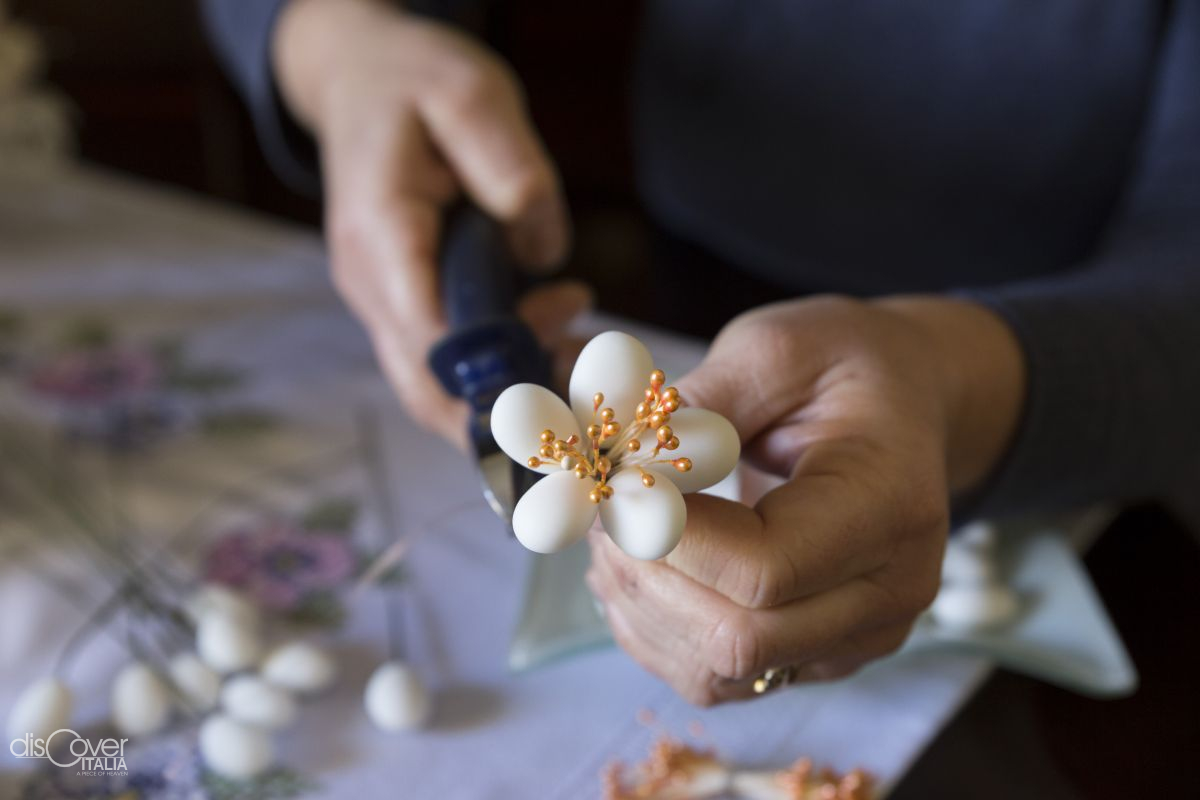
Women weave them for the family members and for the closest friends. According to schemes consolidated over time, constantly enriched by the creation ideas of the creators.
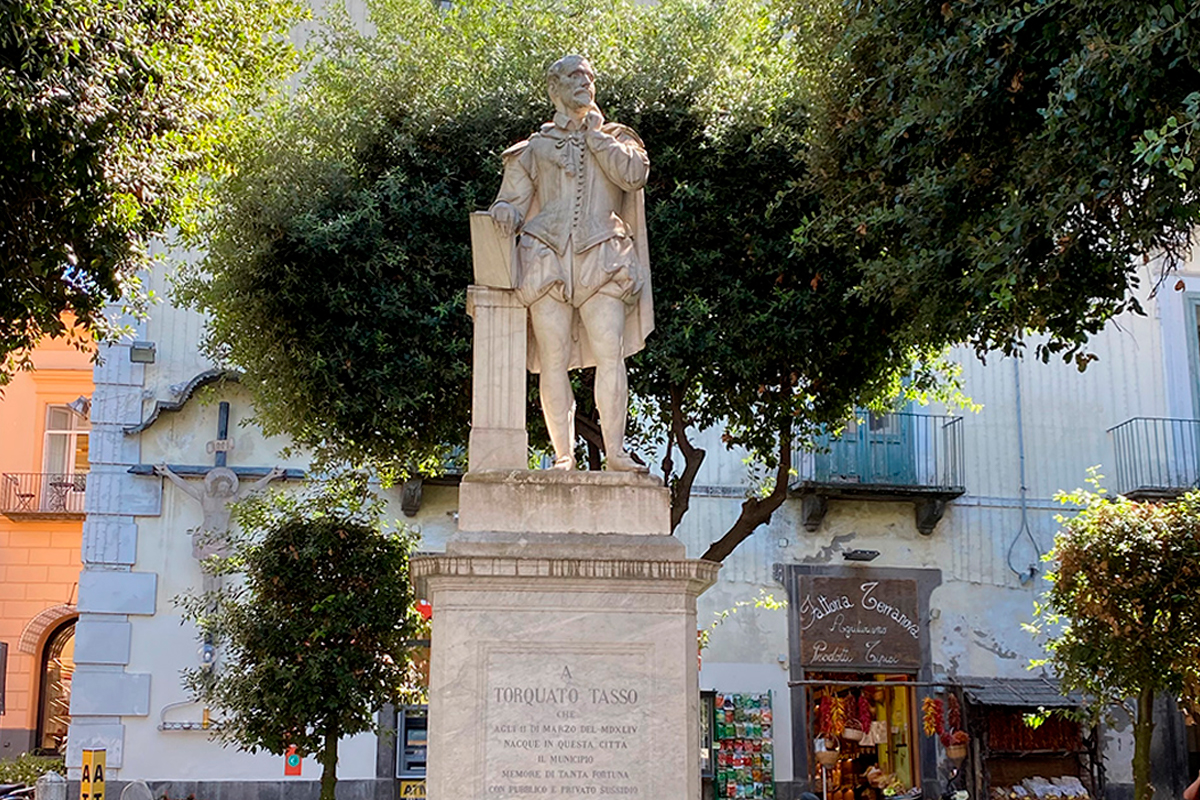
Torquato Tasso is the most illustrious personality of Sorrento Peninsula. Even if his trips around Italian courts have linked the author’s name of “Jerusalem delivered” to many other cities.

It has been part of the repertoire of greatest tenors of the twentieth century, among the greatest world hits of the Neapolitan song. Torna a Surriento (Come back to Sorrento) is an eternal classic, which over the decades has been able to conquer even young idols such as Elvis Presley and Bono of U2, overcoming the generational barriers.

Tra i primi autori del Romanticismo, Alphonse Marie Louis de Prat de Lamartine nacque a Macon il 21 ottobre 1790 in una famiglia della piccola nobiltà terriera. Studiò dai Gesuiti e già da ragazzino mostrò una grande propensione per la poesia. Invece di intraprendere la carriera militare alla conclusione degli studi, la famiglia nel 1811 gli permise un viaggio in Italia, presso parenti che risiedevano in diverse città tra cui Napoli.

Two kilometres away from Vesuvius, on the hill of the Saviour chosen for its particular favourable position, the historic site of the Vesuvius Observatory appears,

Allievo di Luca Giordano, le notizie biografiche di Nicola Russo sono estremamente scarne. A cominciare dalla data della nascita, di cui si conosce solo l’anno, il 1647. Artista barocco, lavorò in diverse chiese napoletane: dalla chiesa di Sant’Antonio a Tarsia a Santa Maria del Parto a Mergellina; dalla chiesa di Santa Maria di Portosalvo al complesso di Suor Orsola Benincasa, alla cappella di San Francesco da Paola all’interno del Maschio Angioino; dalla chiesa di
...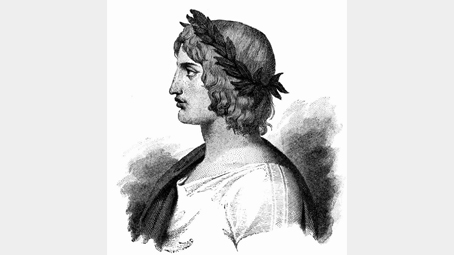
Rome’s greatest poet, the singer of his legendary origins, Publius Vergilius Maro was born near Mantua on the 15th of October 70 b.C., son of a small landowner. Even in his youth, he went to Naples for the first time in order to attend the philosophy school, even before moving to Rome in order to complete the course with the rhetoric studies.
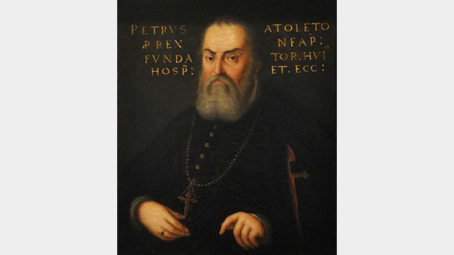
In September 1532, the new viceroy Pedro Alvarez de Toledo arrived in Naples which was still affected by the plague which had killed tens of thousands of deaths. The viceroy immediately launched his ambitious plan of transformation and modernisation of the city which he then extended to Pozzuoli.
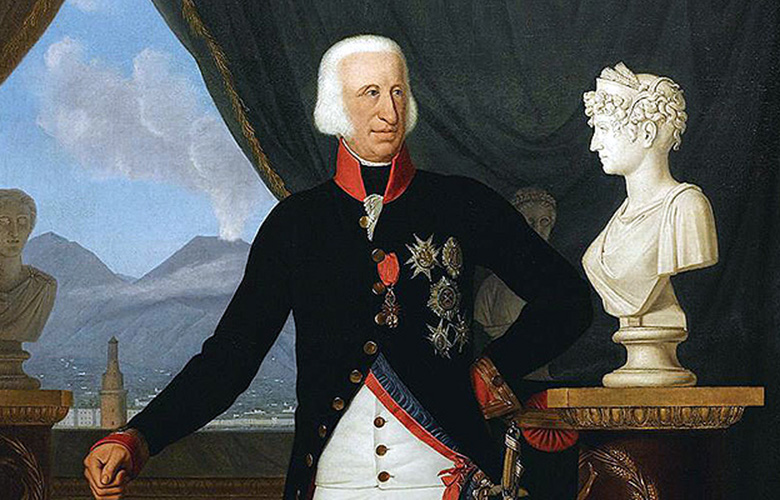
He became the king at the age of only 8, in 1759, when his father Charles Spain, ascended the throne of Spain. Ferdinand was born in the Royal Palace of Naples on the 12th of January 1751. From 1759 to 1767, when reached his majority, the kingdom was ruled by a Regency Council who was receiving instructions from Madrid. The young sovereign was not interested in studying and he didn’t really dedicate himself to education.

Eldest son of the famous Luigi , the author of the Palace of Caserta. He carried out his instruction as an architect and engineer, with two of his brothers, under the paternal guidance in the yard of the Palace and then planning the Caroline Aqueduct. When Carlo was in his early twenties, his father decided continuing to make him work between Naples and Caserta, whereas his other two brothers moved to Spain.
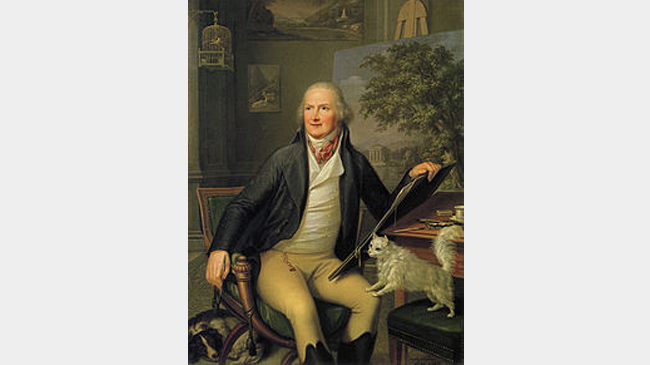
Jakob Phillipp Hackert was Prussian from Prenzlau where he was born on 15th of September 1737. He started painting with his father and then moved to Berlin where, after a period spent at his uncle’s workshop, he attended the Academy of Fine Arts and courses which led him to landscape paintings.
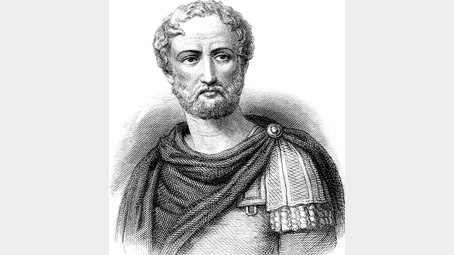
In search of knowledge, Gaius Pliny The Second, better known as Pliny the Elder, from an early age , was interested in studying and analysing the most diverse disciplines with the passion and the curiosity of a researcher. His wealth of knowledge increased and strengthened with the contribution of the military expeditions to which he participated in different areas of the empire under Vespasian, of whom he was a friend, and the numerous trips which lead him to Africa.

Non è stato facile per i posteri ricostruire la biografia di Pietro Cavallini, uno dei massimi esponenti della Scuola romana del XIII secolo. Il nome Petrus Caballinus de Cerronibus utilizzato nei documenti ufficiali aveva fatto pensare a lungo che si trattasse di un’altra persona e c’è voluto tempo per ricomporre un quadro attendibile delle informazioni disponibili.

Era di Siena l’insigne scultore e costruttore Tino di Camaino, che vi era nato intorno al 1285, figlio dell’architetto Camaino di Crescentino, ma il suo maestro fu il grande Giovanni Pisano, al cui fianco partecipò alla realizzazione dei rilievi della facciata del Duomo di Siena.
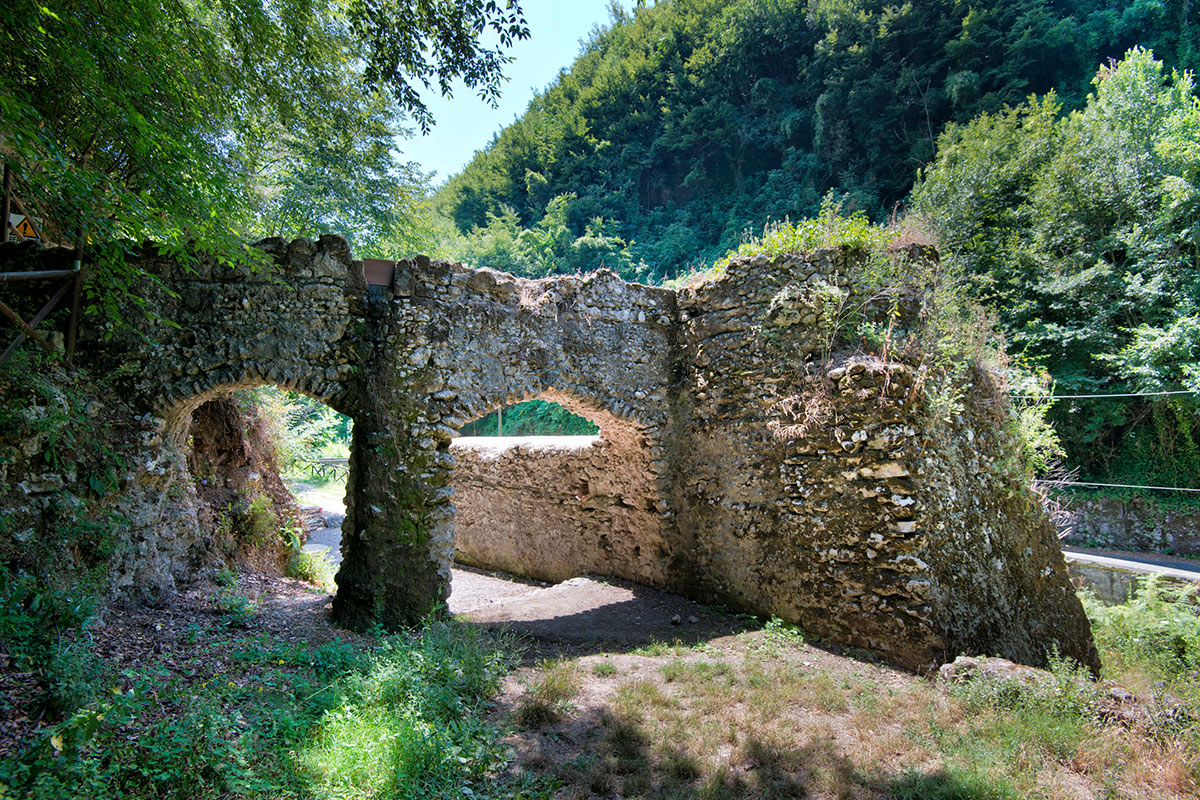
It gave his name to a sparkling red wine Doc. Famous for its fabrics, anciently fruit of a thriving silkworm industry and for a modern production of swimwear. But the history of Gragnano has been specially bound to the flour for eight centuries.
Copyright © 2025 - All rights reserved. Any type of reproduction, even partial, without permission is strictly forbidden.
